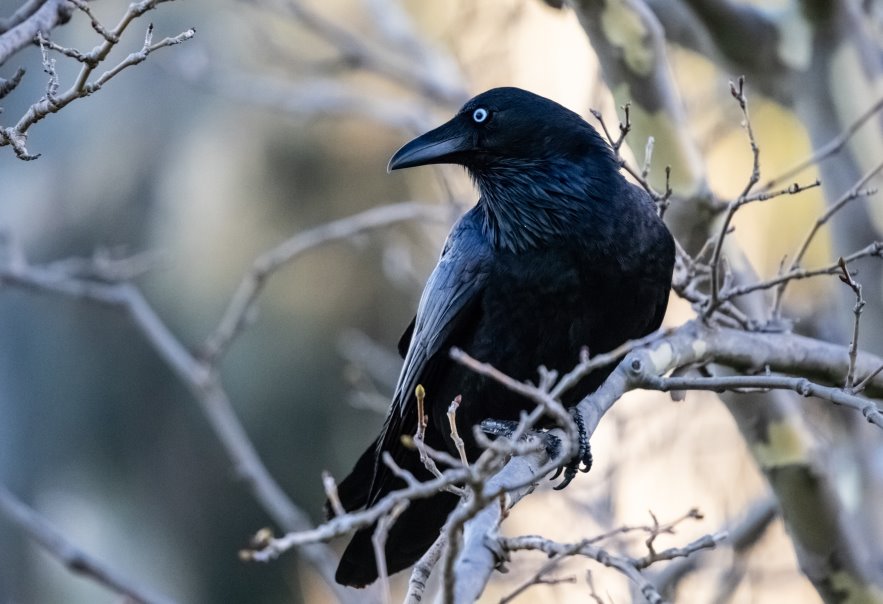Managing Predators
Scotland’s farmland has a diverse range of habitats which are home to many species of plants and animals. From woodlands to saltmarshes and moorlands to freshwater habitats, all will provide vital habitats to a range of wildlife.
Current agri-environment management schemes provide guidance and incentives to promote conservation of these important habitats and priority species. Many of the wildlife species targeted within such schemes are listed as vulnerable priority species e.g. black grouse, great crested newt, hen-harrier or farmland waders such as curlew, redshank, and oystercatchers. Whilst improving the feeding and breeding habitats for some of these species can help to improve their survival, often they face threats from natural predators.
Predation pressure can be reduced by habitat management techniques. For example, a diversity of sward structures can be important for ground-nesting birds. The redshank selects fields with a mosaic of vegetation, preferring short grass to feed and denser grass or rush tussocks to nest and provide refuge from predators. Habitat management techniques may not, however, be sufficient to safeguard against predators such as crows, foxes, weasels, and stoats. Since many of the priority species are in decline active predator control is often necessary to help reduce pressures on the birds and their young. NatureScot and the Scottish Government's Rural Payments webpage provide information and guidance for legal and humane predator control practices. Licensing applications, if required, should be made to NatureScot.
Read our Technical Note (TN742) - Predator control for conservation
British Association for Shooting and Conservation Codes of practice
Game & Wildlife Conservation Trust - Predation Control and Conservation

Sign up to the FAS newsletter
Receive updates on news, events and publications from Scotland’s Farm Advisory Service
